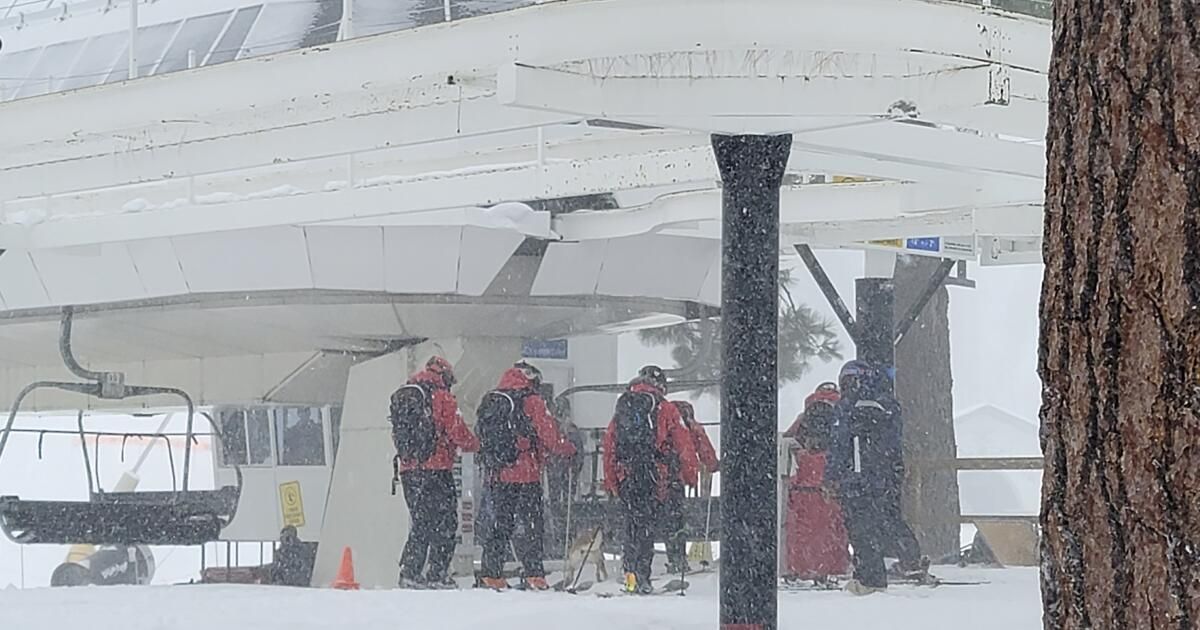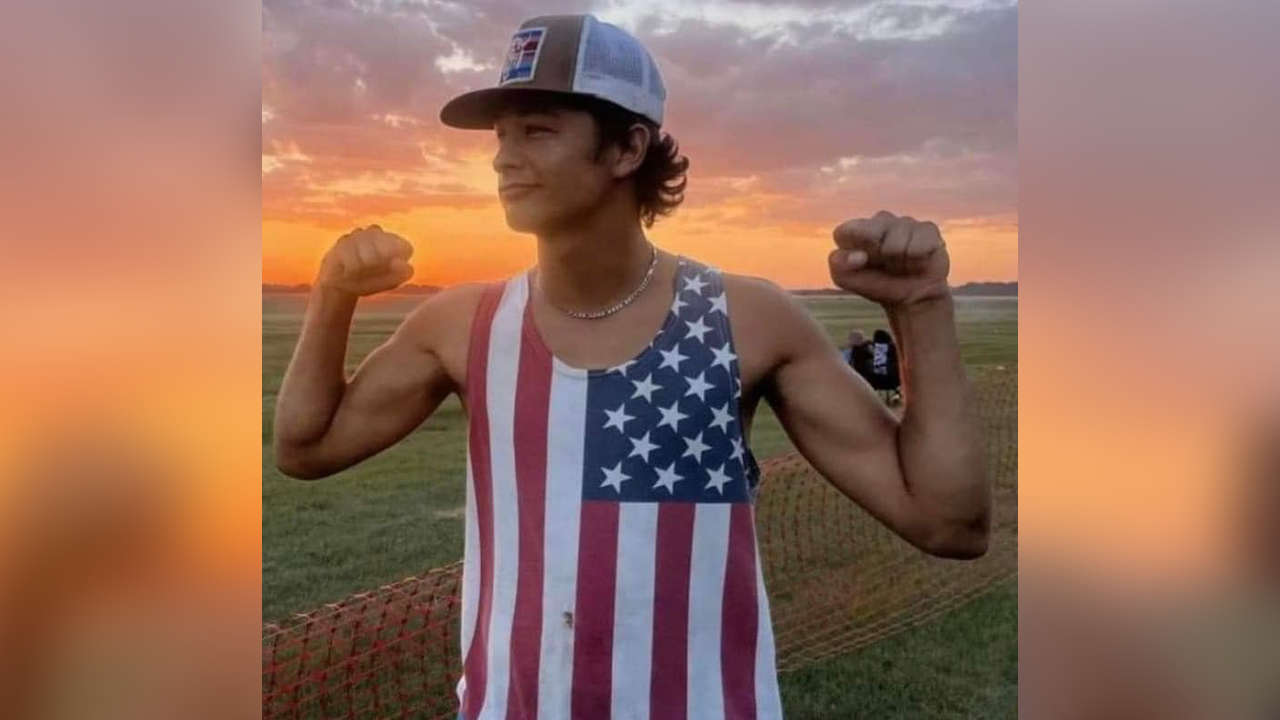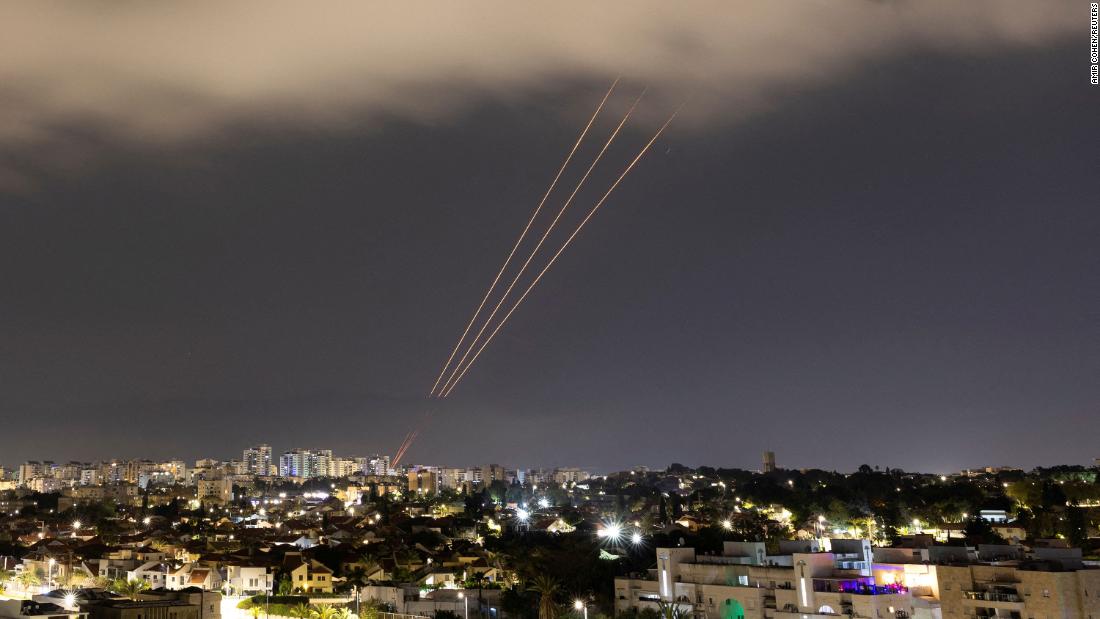High in the mountains above Lake Tahoe, skiers and snowboarders lined up Wednesday morning to be among the first of the season to ride a chairlift that runs through some of the most iconic expert terrain in North America. A weekend storm had dumped much-needed snow on Palisades Tahoe's upper mountain, and more was on the way.
Half an hour after the elevator opened, disaster struck.
At the newly opened terrain on the peak known as KT-22, an avalanche swept away at least four resort guests around 9:30 a.m. Kenneth Kidd, 66, died and another person who was buried in the avalanche suffered a serious injury. minor leg injury. . Two other people were trapped in the slide but were rescued by civilians.
Avalanche experts knew Wednesday's danger would be considerable, given the powerful winter storm and strong winds predicted to batter the Sierra peaks. But deadly avalanches occur much more frequently in rural areas, not within the confines of a ski resort that once hosted the Olympics and has robust avalanche operations.
In the last decade, 244 people have died in avalanches in the United States, according to statistics compiled by the Colorado Avalanche Information Center. The vast majority involved people skiing, snowboarding or touring in backcountry areas or what is called “sidecountry,” where they dodged ropes or wandered beyond resort property to adjacent terrain.
For the record:
5:28 pm January 11, 2024An earlier version of this article said eight skiers had died on open slopes in the last decade. The total is six.
Only six skiers and snowboarders have died in avalanches on open slopes at resorts over the past 10 years. Three of them died in a single incident in 2020 at an Idaho resort.
Wednesday's “in-bounds” avalanche in Palisades Tahoe, as opposed to a slide on the unpatrolled and neglected backcountry, was “extremely rare” and caused “a lot of shock in the industry,” said Michael Reitzell, president of Ski California. , the industry association that represents resorts across the state, including Palisades.
“Those are two different things,” Reitzell said. “When you're in the field, you need a full set of equipment and training on how to use it. It's really important. “When you are within the confines of the resort, there is no expectation of carrying a backpack full of avalanche gear.”
After the avalanche occurred, more than 100 ski patrollers, rescuers, lift operators, instructors and resort guests, as well as rescue dog teams, sprang into action, Palisades Tahoe officials said. A video on social media showed people pulling others out of the snow.
“Their efforts were remarkable,” the resort said on social media. “It's moments like this that show how deeply we care about each other. Not just in Palisades Tahoe, but throughout the ski community. It is a comfort to know that we can support each other on the worst days.”
The Sierra Avalanche Center, which analyzes avalanche risk in the Tahoe area, had forecast a “considerable” avalanche danger for Wednesday, the third level on a five-point scale. The risk was expected to increase during the afternoon and evening as the storm strengthened.
A Google Earth view of the Palisades Tahoe resort, where an avalanche occurred Wednesday.
( Google Earth)
Two types of avalanches were of concern: “persistent slab” avalanches, caused by weak base layers that can react to new snow on top; and “wind slab” avalanches, which occur when winds move snow into slabs that then collapse and form avalanches.
It was unclear what caused Wednesday's slide, but according to the National Weather Service, about 90% of avalanches are triggered by the victim or someone in their group.
Although the avalanche danger was considerable, Brandon Schwartz, lead forecaster for the Sierra Avalanche Center, said in an email that the forecast applies to backcountry areas where avalanche mitigation has not been conducted, and not to ski areas or roads. .
That Palisades Tahoe broke ground on KT-22 ahead of the projected snowstorm was “absolutely” typical, said Michael Gross, the resort's vice president of mountain operations. Since Sunday, the ski patrol conducted avalanche control assessments, including assessing weather conditions, snow cover, wind speed and direction, and establishing safety and danger marks, he said at a conference. press release on Wednesday.
“We will evaluate the conditions,” Gross said, “and based on our knowledge, our experience and history, if we deem the conditions to be safe, we will open the ground.”
Palisades Tahoe, like all Ski California member resorts, uses avalanche mitigation strategies, including explosives or artillery to loosen snow from the mountain and “ski cutting,” which tests the stability of the snow, he said Reitzell.
“Usually the weather is what affects the chairs more than anything else,” he said. “KT-22, being an example of that, reaches a peak and area exposed to the wind. “Normally I would close for that kind of reason.”
Reitzell said some of the theories circulating about the cause of the avalanche, including the idea that the first group of skiers loosened “weak snow” during the initial runs through the black diamond GS Bowl, were “speculation.”
“Avalanche forecasters and patrollers know well what the snowpack is, pretty much down to the surface, where there are rocks and other things,” he said.
Reitzell reiterated that it is unusual for skiers to face avalanches or other extreme risks on the mountain, although it is inherently a more dangerous sport.
“There are risks, and injuries happen when you're out there on your skis and your snowboard and you're trying to slide down a mountain at 6,000 to 10,000 feet,” he said. “While that risk is always present, we really want to reassure people that this is not a common occurrence at all.”
The recent spate of snowstorms, coupled with the fairly dry winter the western United States has had up to this point, has created widespread avalanche danger across the country, said Simon Trautman, director of the National Avalanche Center.
This is the first time since 1992, he said, that the first death caused by an avalanche in a winter season occurred after Jan. 1.
“That tells you how dry it's been over a large area,” Trautman said. “What happens is that the snow on the ground becomes very weak and it is a [poor] surface for new snow to fall.”
Wednesday's slide came hours before one of the strongest storms to hit California so far this season dumped snow on the Sierra Nevada. According to the National Weather Service, about 20 inches had accumulated at the base of Mount Rose as of 7 a.m. Thursday. Palisades Tahoe received 14 inches of snow on the upper mountain and 7 inches at the base. The storm also dropped 6 inches at Homewood, 21 inches at Heavenly, 11 inches at Northstar and 14 inches at the top of Diamond Peak.
The weather service said the morning trip was “sketchy to treacherous” across the Sierra, and the Sierra Avalanche Center again forecast considerable danger Thursday. “New snow and strong winds have loaded existing weak layers” in the snowpack and created the potential for large avalanches, the center said. Continued strong winds could also create patches of wind-blown snow in some areas.
Palisades Tahoe reopened Thursday, although KT-22 remained closed, and resort officials said they lost road access to the chairlift due to debris from the avalanche, causing delays in openings.
“Today will be a rigorous morning of snow safety for both Palisades and Alpine,” according to the resort's Thursday operations update. “Since both mountains closed shortly before 11 a.m. Yesterday it will take more time to evaluate all the terrain and open everything. Delays will be more significant than usual. We appreciate your patience and understanding.”
Trautman said the coming storm is just “one metric” of the decision to open a ski area. He said ski patrol also tends to evaluate snowpack status and other variables before considering an area safe.
“If you're following your mitigation strategy and you're working on the land and when you're done you decide you haven't reduced the risk enough, then you're not going to open the land,” he said. saying. “Doing that doesn't benefit anyone. Indeed, this idea of a coming storm simply does not apply in the short time cycle we are talking about. In an off-piste scenario, it is different because no mitigation is done.”
The avalanche risk is expected to drop one level to moderate on Friday. But another storm is expected to hit the region Friday night into Saturday, according to the weather service, and likely a rush of skiers will head to the mountains for the three-day holiday weekend. This storm is expected to be warmer, meaning there is a chance for mixed precipitation in the foothills and valleys, and snow levels could be higher, around 5,500 to 6,500 feet elevation. There is a chance for another foot of snow in the Sierra, with 18 to 24 inches forecast along the ridge.
Wind speeds could reach around 100 mph in some areas along the Sierra crest. The weather service issued a winter storm warning through Saturday night. Roads could become slippery and dangerous during the storm, which could impact weekend ski trips. Visibility could also be reduced due to blowing snow.
“This storm doesn't look as strong as the one that just passed through, but if we're looking for a boom or bust here, it's pretty similar to some extent,” said weather service forecaster Amanda Young. “We are still going to snow a lot in the Sierra.”
Times staff writers David Wharton and Salvador Hernández contributed to this report.












